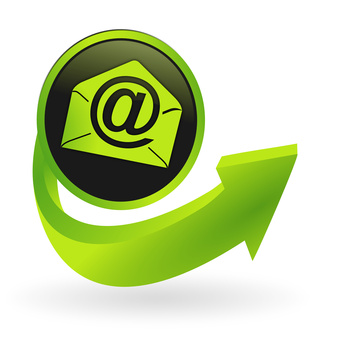 While social media is a useful tool for reaching and conversing with customers, it’s important to remember that tried-and-true email marketing still has a higher ROI when it comes to driving and converting traffic to your website. With more channels of communication than ever before, include social networks, mobile sites and native apps, businesses have to be smarter than ever about effectively using email marketing to grab the interest of consumers who are being pulled in many different directions. The following tips and recommendations are meant to help you improve your email strategy, tactics and approach to yield higher engagement rates, and ultimately, more sales.
While social media is a useful tool for reaching and conversing with customers, it’s important to remember that tried-and-true email marketing still has a higher ROI when it comes to driving and converting traffic to your website. With more channels of communication than ever before, include social networks, mobile sites and native apps, businesses have to be smarter than ever about effectively using email marketing to grab the interest of consumers who are being pulled in many different directions. The following tips and recommendations are meant to help you improve your email strategy, tactics and approach to yield higher engagement rates, and ultimately, more sales.The subject line is the first thing that viewers see when receiving your email. It’s the packaging in which your content is delivered, and in order to spark further action, it has to do its job. Subject lines should give the reader a teaser of what is included in the email. They should be specific and include important information or keywords that you want to highlight. In other words, subject lines should be short, simple and to the point. Personalization is another way to help your subject line stand out.
Whether or not you have quality content in your email can be the difference between someone who reads your email, and someone who doesn’t. Your e-communications should aim to provide value and give readers a reason to continue the relationship. This quality content can be in the form of expert advice, promotions or specials or announcements. Keep content fresh, and, if you can, target messages. Breakdown your database and segment into the different types of customers and needs (e.g. new customer who may be interested in product vs. existing customer who may be interested in accessories). This will help you to successfully run email and other marketing campaigns, and will increase your conversions for these targeted communications.
There are plenty of email marketing programs that can help you to track the effectiveness of your email efforts. By testing, and then looking at statistics for number of opens, most popular days, most popular times, etc., you’ll be hone in on precisely the best time to reach customers and prospects.
Finally, always remember that email is another touchpoint with your customers, so make sure it’s an accurate reflection of your business and your brand personality. Encourage two-way communication such as forwarding to a friend, social sharing and allowing feedback. This facilitates customer interaction, which is what email marketing is all about.
